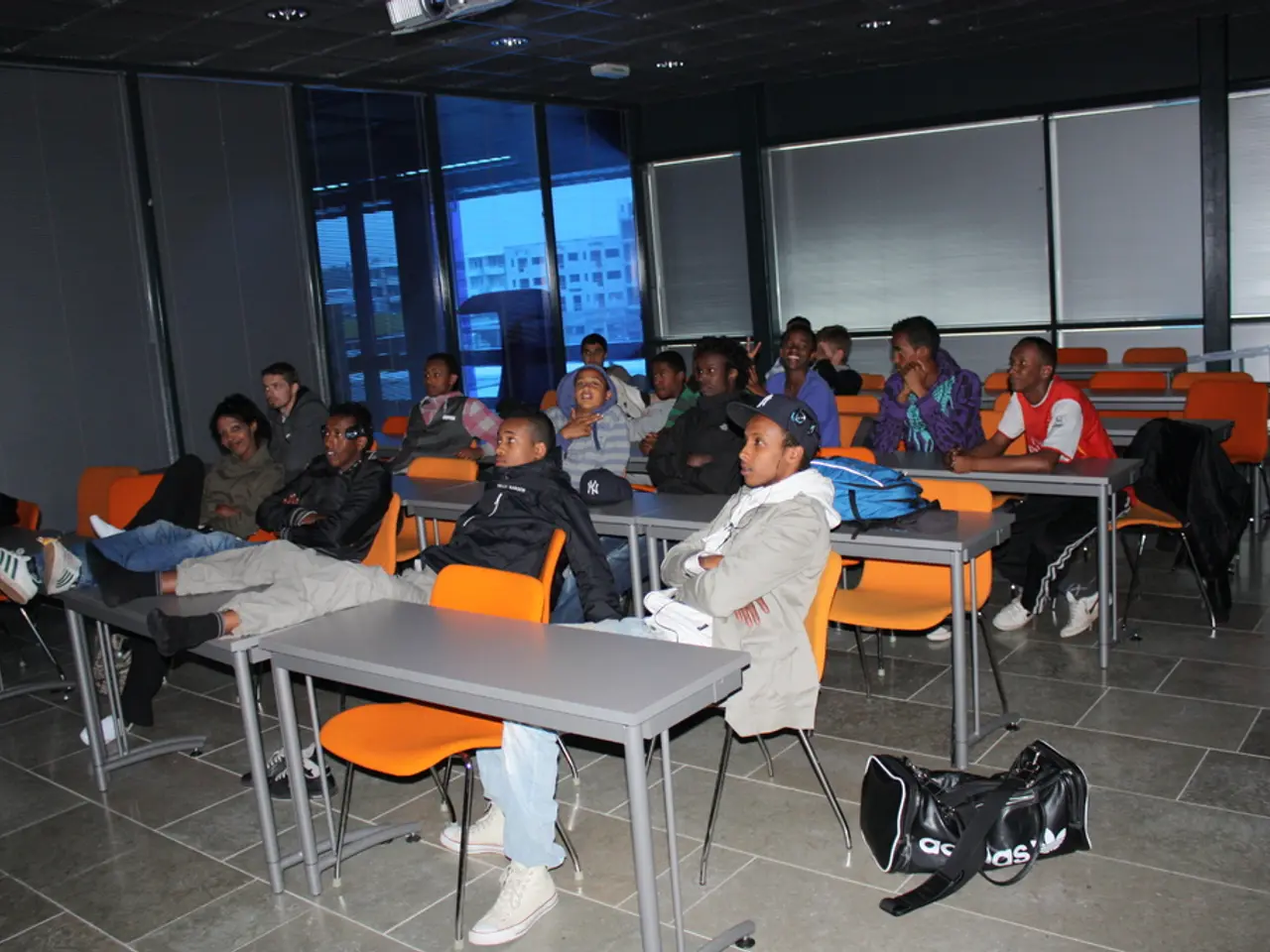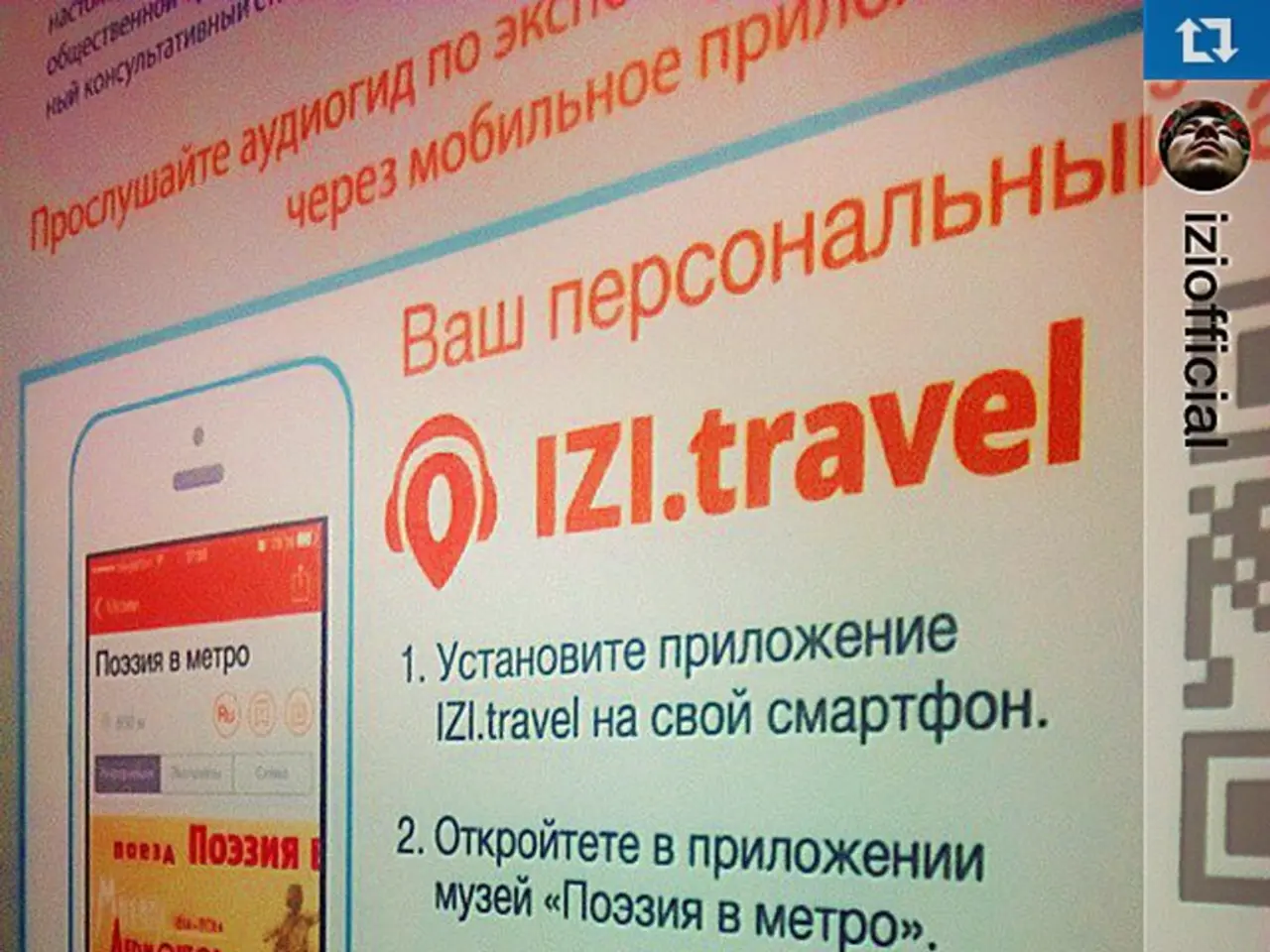Proposed Compensation Scheme for College Athletes
In a historic move, the NCAA and its Power Five conferences have agreed to a proposed settlement in the House vs. NCAA case, approved by a federal court on June 6, 2025. This landmark agreement marks the end of the traditional "amateurism" era, paving the way for colleges and universities to directly compensate student-athletes under a new revenue-sharing model.
The settlement requires the NCAA to pay approximately $2.8 billion in damages, known as "back pay," to current and former Division I athletes. This compensation represents a significant shift, allowing schools to pay student-athletes up to an annual $20.5 million cap through revenue sharing, which amounts to about 22% of average athletic revenue per Power Five school.
The compensation pool, projected to start at over $20 million per school for the 2025-26 academic year, is set to rise to nearly $33 million by 2034-35, totaling at least $19.4 billion in new athlete benefits across major conferences over 10 years. This broad compensation applies across all Division I sports, not just football and basketball, and also compensates athletes for past use of their Name, Image, and Likeness (NIL), as well as "pay-for-play" claims beyond scholarships.
The settlement's potential future implications are far-reaching. Title IX concerns will become more prominent as schools must reconsider their compliance with gender equity laws in light of direct athlete payments. The settlement will force schools to rethink employment models and ensure payments do not create disparities that violate Title IX protections.
The settlement also narrows NCAA control over NIL payments and introduces new governance rules, leading to major policy and compliance shifts in NIL programs. Schools and conferences will have to develop clear frameworks for managing NIL deals and booster involvement.
The creation of a revenue-sharing compensation model that mirrors professional sports may also bolster player unionization efforts. The precedent set by House v. NCAA strengthens the legal and organizational groundwork for collective bargaining by college athletes.
However, because schools will have a salary cap under the House agreement, some players who were getting huge sums of money from NIL deals may be looking at a pay cut under the new agreement. The stakes are incredibly high as these broadcast deals for collegiate-sports content are astronomical, with billions of dollars at stake.
Another major question is how players will approach unionizing and collective bargaining. The House decision makes it more likely that there are unionizing efforts on college campuses. The push for unionizing may be more complicated at public universities than at private schools, due to athletes being classified as independent contractors and the fragmented nature of state unionizing laws.
In conclusion, the House settlement ushers in a new era of college athletics where student-athletes are financially compensated directly by their schools, significantly altering traditional amateurism models. It sets off a wave of changes affecting NIL governance, gender equity under Title IX, and the potential for athlete unionization, fundamentally reshaping the landscape of collegiate sports.
- The settlement, which includes compensation for student-athletes across all Division I sports, might inspire discussions in the realm of education-and-self-development, as some athletes may allocate their earnings towards furthering their education and personal growth.
- The arrival of financial compensation for college athletes, as a result of the House settlement, could potentially impact sports management, as sports teams might need to adjust their budgets to accommodate player salaries, mimicking the financial structure often seen in professional sports.




